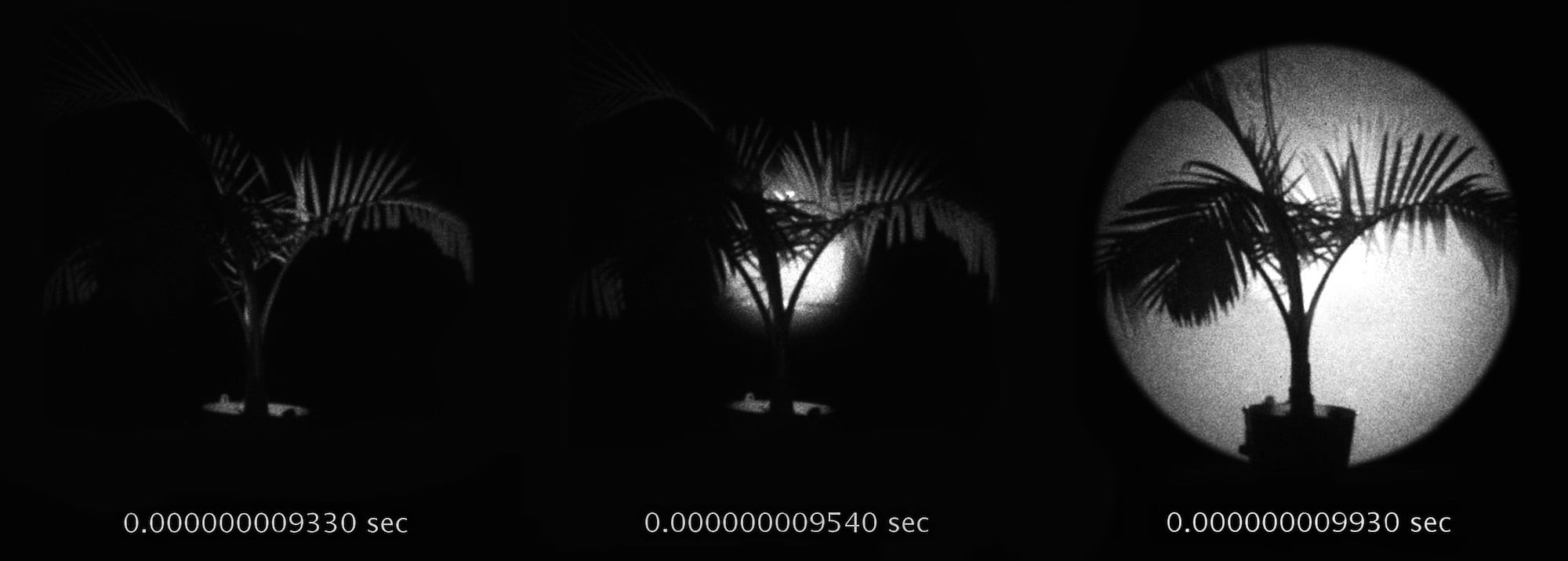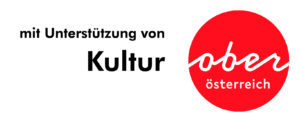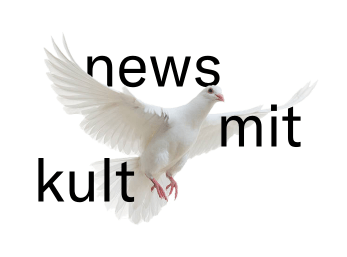Using custom-built cameras, environmental artist Jonathon Keats has created a method for capturing ultra-long photographic exposures; at the same time, SEEC Photography has developed a method for capturing ultra-fast videos that can depict the movement of light across everyday objects at exposure times of less than a billionth of a second. The combination of these two timelines provides a unique perspective on the global, man-made conditions of living in the world. Decisions made in an instant can have far-reaching consequences for the environment over centuries. This is especially true for forestry, where there is a direct link to global warming. “Temporal Forest” aims to illustrate the ecology of the forest and forestry practices in the context of a concept of time. On a mountain top in the Salzkammergut region, a camera is installed overlooking a landscape that has been heavily shaped by salt mining and industry in recent centuries. An attached plaque refers to the 1000-year exposure time and is intended to encourage hikers to look at the environment from the long-term perspective of trees.
An indoor installation in the Brauhof gallery in Scharnstein will show films in which light moves at the speed of light over a tree, wood and forestry equipment. With exposure times of less than a billionth of a second, these films illustrate the dynamics crucial to photosynthesis on a time scale 20 orders of magnitude different from the 1000-year exposures. Exactly in between is the moment when humans make decisions – decisions that can have repercussions for centuries to come. These installations therefore highlight the need to think beyond man’s natural time horizon – a challenge that has never been more urgent than it is today.
Accompanying the project, a brochure will highlight the historical relationship between wood and the European salt industry, and a map will be produced leading to the millennium camera in the Alps.















